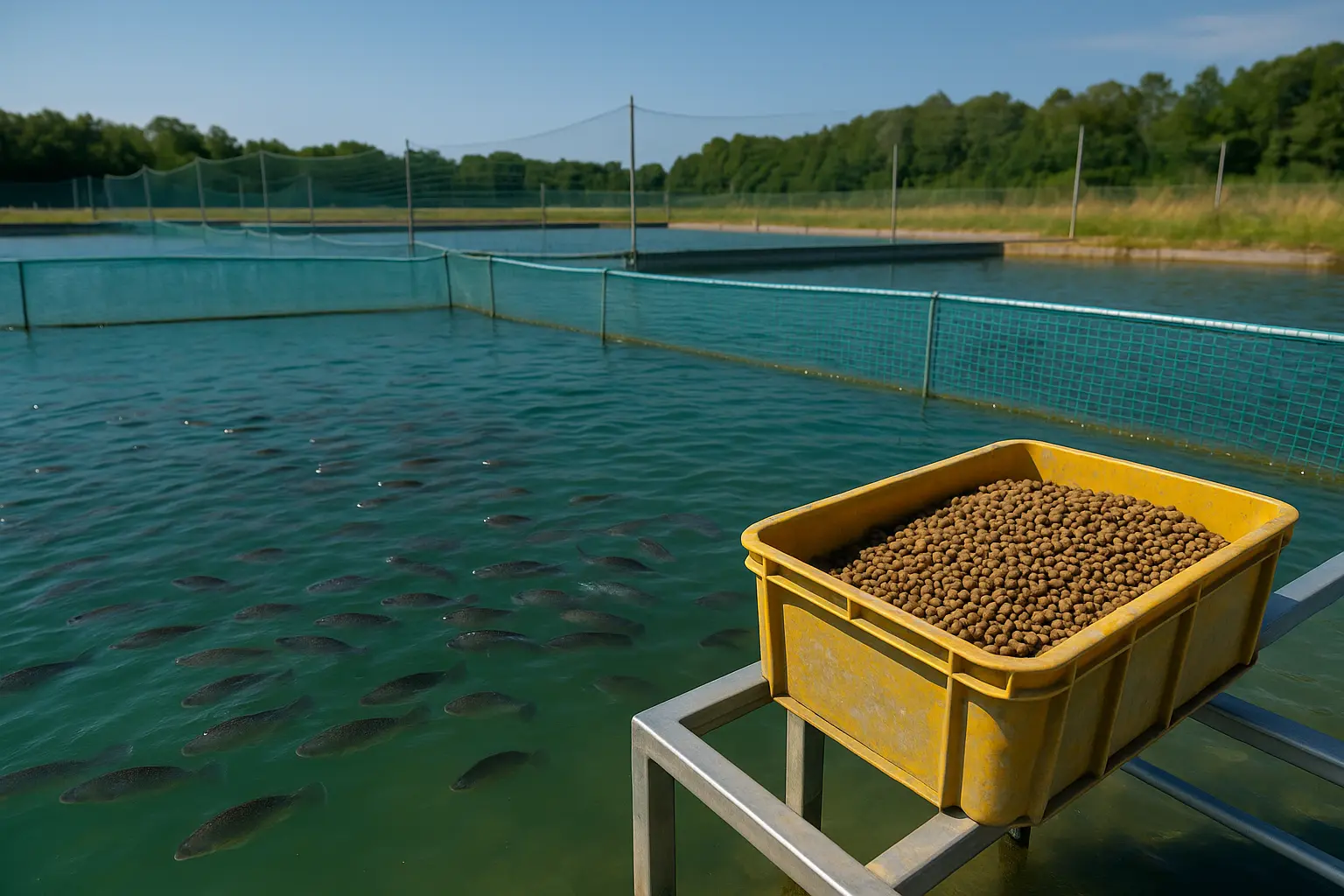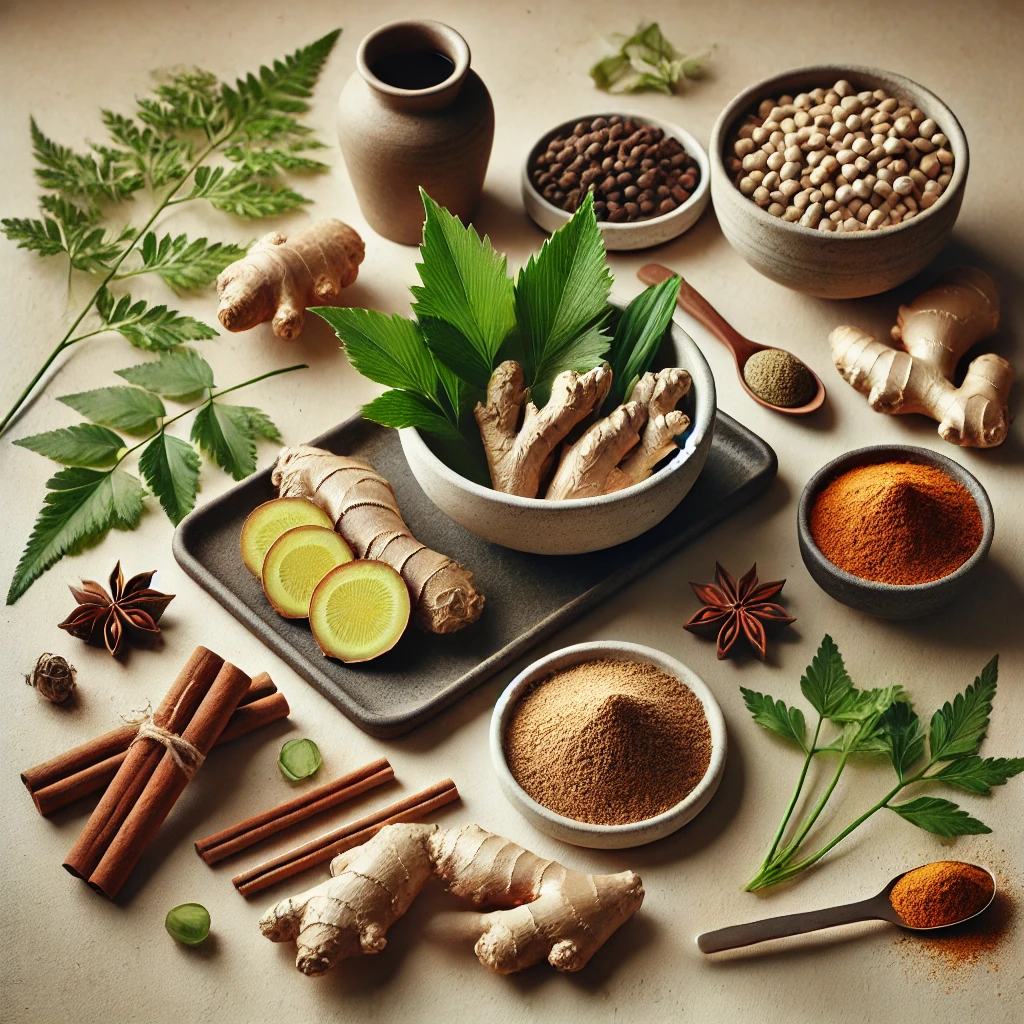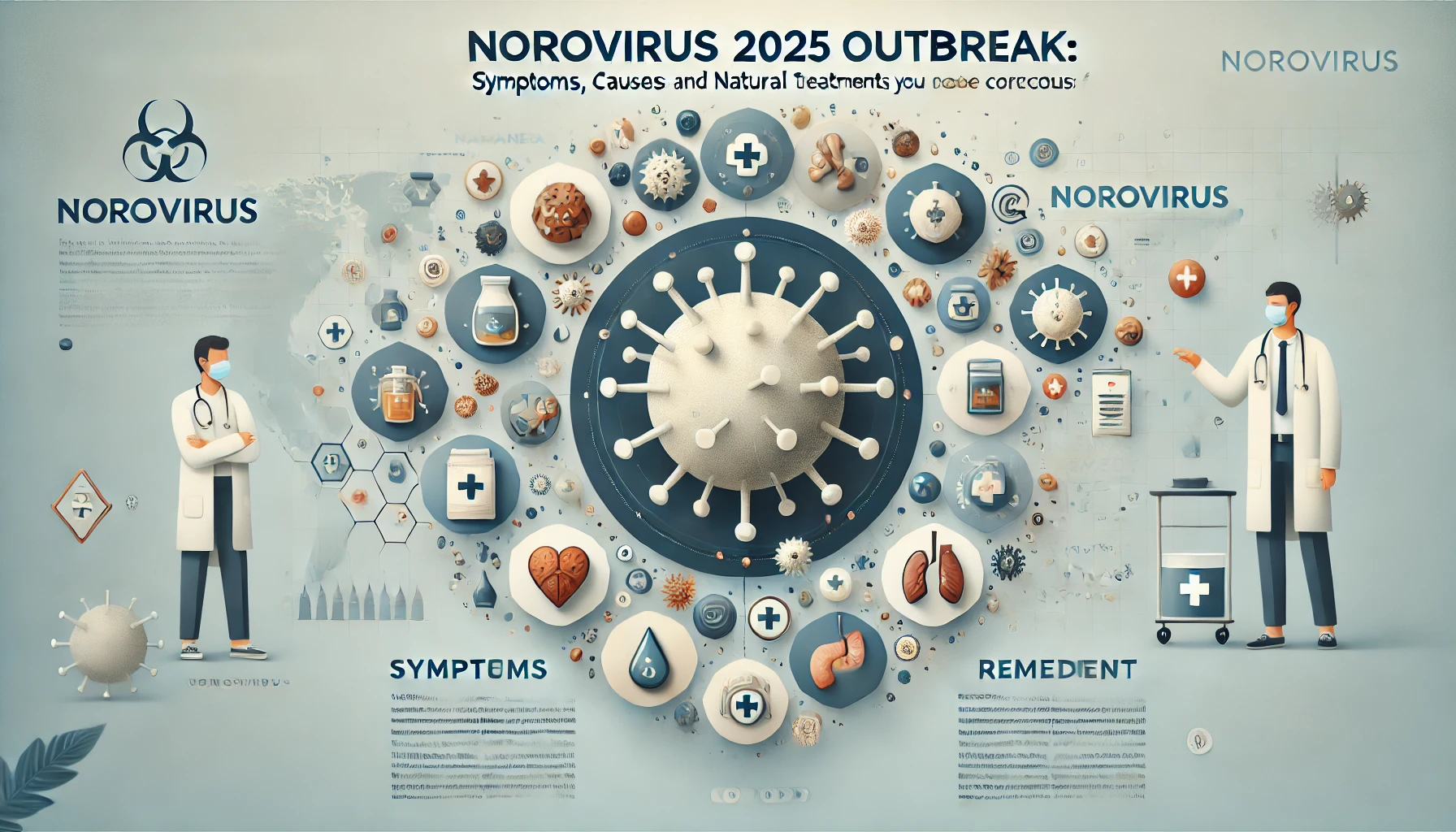Glutamate Aquaculture 2025: an Amino Acid with Secret Powers
In 2025, aquaculture is being subjected to growing pressures of environmental change, particularly in areas with saline-alkaline water sources because lack of fresh water. Although these systems are essential for food production, they bring challenges — not the least of which is alkaline stress, which can harm fish health, damage organs like the gills and produce toxic accumulations of ammonia.
A new study finds a powerful candidate right inside the fish’s body: L-glutamate.
This humble amino acid is showing promise as a jack-of-all-trades protector, boosting growth, detoxification, and hardiness in Nile tilapia (Oreochromis niloticus) under alkaline stress. And that could change how we feed fish in the future.
The Study That Set Off the Interest in Glutamate Aquaculture 2025
A controlled trial took place at East China Normal University using 270 tilapia over 45 days utilizing 3 different diets:
0% glutamate (control)
1.5% glutamate (15g/kg)
3.0% glutamate
After the feeding period the fish were subjected to carbonate alkaline water, a well-known stress model, for 24 h/sec. The group then studied physiological changes such as:
Ammonia detoxification
Antioxidant capacity
Ion transport function in gills
Weight gain and condition factor
The results? Fish fed 1.5% glutamate achieved the best performance compared with all other groups in almost all health parameters.
Key Benefits Observed with Glutamate Aquaculture 2025
Better weight gain and condition factor
Better structural gill integrity when stressed
Increased elimination of toxic ammonia
Upregulation of antioxidant genes
Improved ion and osmoregulation
By contrast, fish with encoded phenotype were severely damaged on the gill, and significant oxidative stress was observed after alkalinity exposure devoid of glutamate.
Why Glutamate Is So Good at Its Job
Glutamate does a lot more than help form protein. Here’s why it’s so fundamental in adapting to stress:
It’s a pre-cursor to glutathione (GSH), the body’s most powerful cellular antioxidant
It serves as an energy source during stress responses
It facilitates the detoxification of ammonia through the urea cycle
It helps to balance ionic equilibrium in the gills of fish
When the stress of alkalinity sets in, it helps the body of the fish buffer against damage, and recover faster — a useful trait for aquaculture species facing environmental stress.
Real-World Applications for Aquaculture
The findings of this study have potentially far-reaching implications outside the lab. In actual saline-alkali aquaculture, adding a natural amino acid (e.g., glutamate) to fish feed might:
Lower water-stress-related mortality
Replace some pharmaceutical interventions
Improve feed efficiency
Enhance survival in extreme environments
Permit the development of fish farming in marginal water sources
Glutamate is already a normal component of fish metabolism. All this study shows is that a targeted jump of the right magnitude (1.5%) has an impressive impact.
Related findings have been observed in other studies on:
Grass carp
Gilthead seabream
Yellow croaker
Young pigs and sheep (in agriculture)
Most previous research on this topic addressed digestion and feed conversion, but this 2025 paper highlights glutamate’s importance in stress response, detox, and antioxidant protection.
Read the full study on ScienceDirect. This story is based on a study.
You may also like: BPC-157: The Revolutionary Peptide Redefining Natural Healing
What is Glutamate in Aquaculture?
Q1: Is glutamate a man-made drug?
No, it’s an amino acid that naturally occurs in the metabolism of fish.
Q2: Is this something that can help fish farms cut back on chemical use?
Yes. Moreover, strength of the natural immunity is enhanced by consumption of glutamate, which may decrease dependence on artificial remedies.
Q3: Is it safe to use glutamate in fish feed over the long term?
At trial level (1.5%) no adverse effects were noticed in the trial.
Conclusion: Nature’s Instrument for Contemporary Fish Farming
Just as the climate and a lack of water are changing, so too are the methods to make fish.
Glutamate aquaculture 2025 is no magic — it’s science. But sometimes the wisest solutions are right there in nature. This modest amino acid may even be at the heart of sustainable, high-yield aquaculture for the future.
If you work in aquaculture or are interested in fish nutrition, in other words, glutamate could be the quiet powerhouse you’ve been ignoring — until today.



